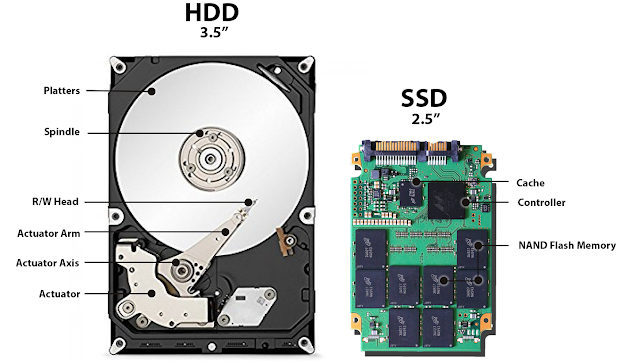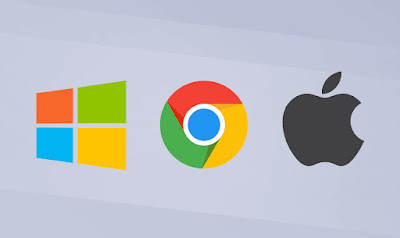1. Pick a Platform: Mac,
Windows or Chrome OS?
Most laptops come with one of three operating systems: Windows, Chrome OS or MacOS (for MacBooks only)
The most flexible operating system, Windows, runs on more laptop models than Chrome OS or Mac OS X
Windows 10, the latest version of Microsoft's flagship operating system, provides a number of improvements over Windows 7 and 8, including the ability to switch between tablet and desktop modes
All MacBooks come with Apple's latest desktop operating system, macOS Catalina. Overall, the operating system offers similar functionality to Windows 10, but with a different take on the interface that substitutes an apps dock at the bottom of the screen for Microsoft's Start menu and taskbar
Google's OS is simple and secure, but more limited than Windows or macOS. The user interface looks a lot like Windows with an application menu, a desktop and the ability to drag windows around, but the main app you use is the Chrome browser
2. Choose the Right Size
Laptops are usually categorized by their display size
13 to 14 inches: Provides the best balance of portability and usability, particularly if you get a laptop that weighs under 4 pounds.
3. CPU
CPU: The "brains" of your computer, the processor has a huge influence on performance, but depending on what you want to do, even the least-expensive model may be good enough
Which is better? AMD Ryzen or Intel Core

AMD processors were associated with low and poor performance computers and laptops
It is not good to buy AMD series processors as they produce more heat. So heating problem is more
Think of intel Core i3, Core i5, and Core i7. An Intel Core Processor offer the best performance when it comes to multitasking and multimedia tasks. Core i3-based notebooks are generally found in entry-level systems, while Core i5 makes up the majority of mainstream computers.
Core i7-based systems are for those of you who want the best performance from your laptop. However, note that with a Core i7-based system, heat coming through the base of the laptop can be cause for concern, especially if you plan to actually use the laptop on your lap a lot of the time.
Laptops running on i9 Core processors are even more powerful than laptops running on i7 Core processors. They're able to rival desktops for performance but they do come with a significantly-higher cost than a laptop with an i7, i5 or i3 Core Processor.
4) RAM
Random Access Memory which is temporary memory the computer needs while in operation
More RAM allows for more applications to be run at the same time, and for more data to be quickly accessible by the system at any one time, which comes in handy for tasks such as editing photos or video content.
generally, 8Gb which is usually sufficient
5) Storage
 Selecting the right amount of storage capacity for your laptop depends on storage space requirement and speed of storage
Selecting the right amount of storage capacity for your laptop depends on storage space requirement and speed of storageHard drives used to be all the rage, but these days they’ve mostly out of favour, especially for thin and light laptops. This is because due to slow, somewhat it produce heat and noise.
A solid state drive (SSD), on the other hand, offers a lot more speed than a hard drive, runs silently, and can be installed in a form factor that doesn’t add too much to the weight and bulk of a laptop. As a result of these clear benefits, most OEMs have embraced SSD storage as the standard for laptops.
Stick to an SSD for your new laptop and you’ll love the speed with which it can load programs, access your data, and also how quickly it can boot up your system.
6) Graphics Cards
What is Integrated Graphics Card?
An Integrated graphics can be defined easily with the name that it is integrated with the system memory (RAM) and do not have its own video memory (VRAM) to process graphics. So, basically if your system has 4GB of RAM, your computer system will have to share it with your graphics card.
if you are running high graphics on a system which say 4GB RAM and a 2GB Integrated graphics card, then the memory will be shared half in both and would become a bad choice
What is Dedicated Graphics Card?
A Dedicated or discrete graphics card has its own video memory (VRAM or Video RAM) . It doesn’t take the system memory (RAM) for it’s own use.
| Usage | Ideal Graphics Card |
|---|---|
| Everyday use: browsing the web and multimedia | Gaming and image editing |
| Gaming and image editing | Dedicated 1 GB |
| Advanced gaming experience or video editing | Dedicated 2 GB |
| Professional gaming, animation, 3D rendering | Dedicated 2GB and above |



















Post a Comment